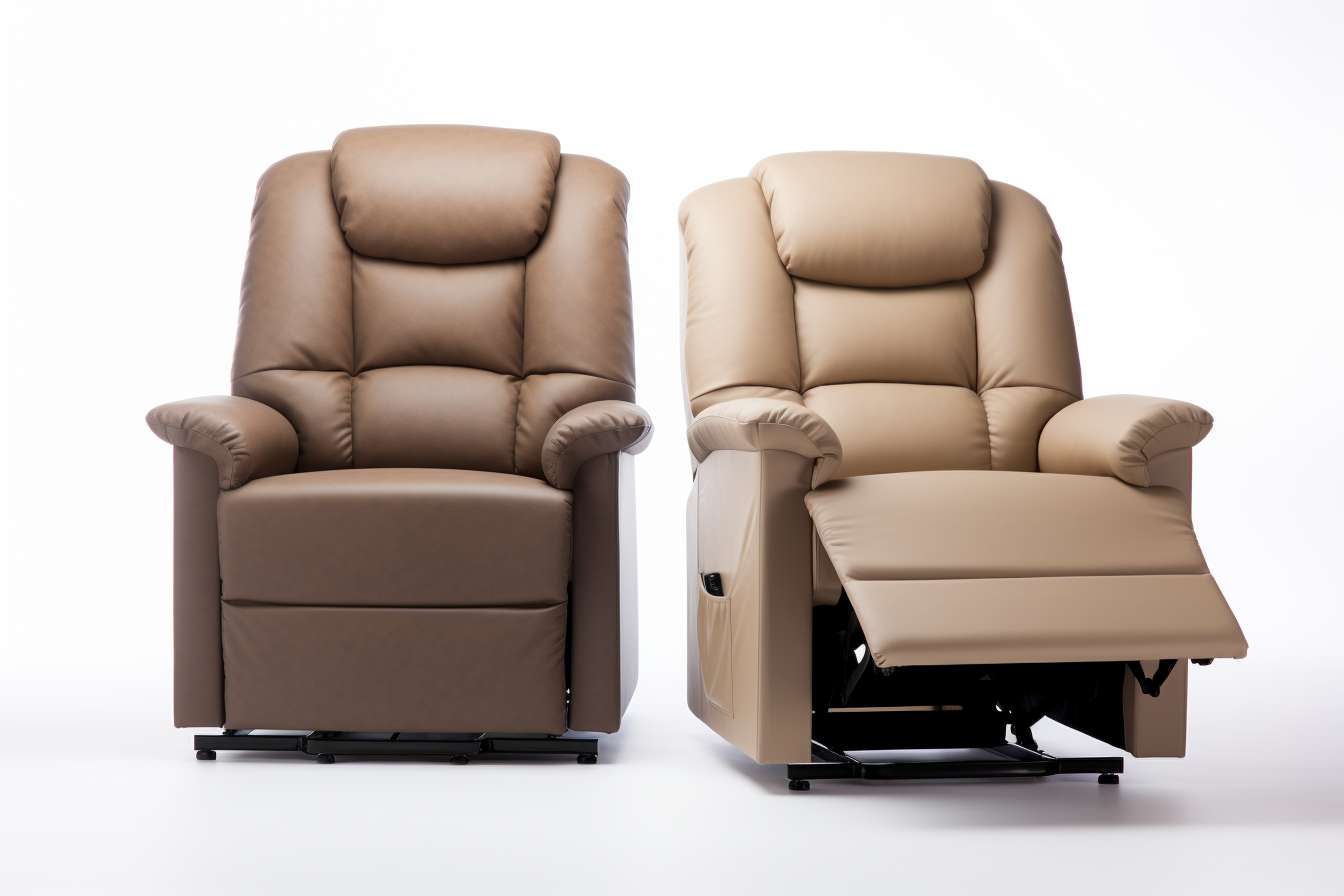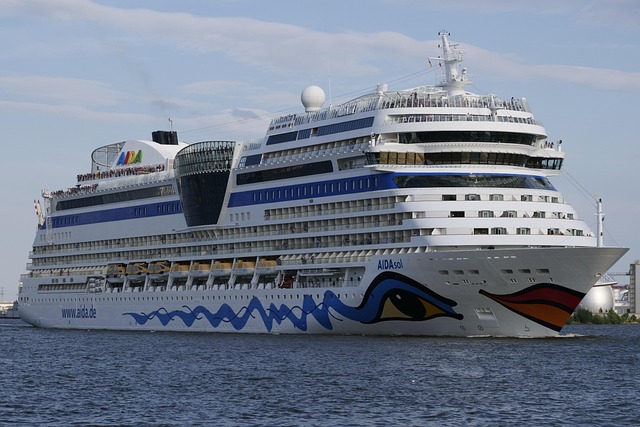How to Choose Cost-Effective Recliners Without Compromising Quality
Finding the perfect recliner chair that balances affordability with quality can feel overwhelming, especially when considering the specific needs of seniors or elderly family members. With countless options available in today's market, understanding what features matter most and how to evaluate value for money becomes crucial for making an informed purchase decision that will provide comfort and durability for years to come.

What Makes a Quality Recliner Chair Worth the Investment?
A well-constructed recliner chair should feature a sturdy hardwood or metal frame, high-density foam cushioning, and durable upholstery materials. The reclining mechanism represents the heart of any recliner, with quality units using steel components and smooth-operating springs or motorized systems. Premium recliners often include additional lumbar support, adjustable headrests, and reinforced stress points at joints and pivot areas.
When evaluating quality, examine the chair’s weight capacity, warranty coverage, and manufacturer reputation. A recliner that supports 250-300 pounds typically indicates robust construction, while warranties extending beyond one year suggest manufacturer confidence in their product’s longevity. Testing the reclining action should reveal smooth, quiet operation without jerky movements or concerning noises.
Understanding Chair Lifts For Seniors and Their Unique Requirements
Chair lifts for seniors incorporate specialized lifting mechanisms that gently assist users from seated to standing positions. These chairs feature powerful motors, typically rated for 300-375 pounds, and include safety features like battery backup systems and obstruction sensors. The lifting motion should be gradual and controlled, preventing sudden movements that could cause discomfort or instability.
Quality lift chairs often include dual-motor systems allowing independent control of backrest and footrest positioning. This feature enables users to find optimal comfort positions for reading, watching television, or napping. Additional senior-friendly features include easy-to-reach control panels with large buttons, side pockets for storage, and flame-resistant fabrics meeting furniture industry safety standards.
Essential Features in Recliner Chairs For The Elderly
Recliner chairs for the elderly prioritize accessibility, comfort, and safety above aesthetic considerations. Key features include higher seat heights for easier entry and exit, wider armrests for stability, and firm cushioning that provides support without being difficult to rise from. The chair’s depth should accommodate users without forcing them to sit too far forward or back.
Elderly users benefit from recliners with heat and massage functions, which can help alleviate arthritis pain and improve circulation. Remote controls should feature intuitive layouts with clearly marked buttons, and some models offer smartphone apps for family members to assist with chair operation. Consider models with USB charging ports and cup holders for added convenience during extended sitting periods.
Comparing Popular Recliner Options and Their Value Propositions
The recliner market spans from budget-friendly manual chairs under $300 to premium power lift recliners exceeding $2,000. Mid-range options typically offer the best balance of features and affordability for most consumers. Leading manufacturers like La-Z-Boy, Ashley Furniture, and Catnapper provide various price points with different feature sets.
| Chair Type | Brand Example | Key Features | Price Range |
|---|---|---|---|
| Manual Recliner | Ashley Furniture Yandel | Lever operation, fabric upholstery, 1-year warranty | $250-$450 |
| Power Recliner | La-Z-Boy Casey | Electric recline, USB charging, 5-year warranty | $800-$1,200 |
| Lift Chair | Pride Mobility VivaLift | Dual motor, heat/massage, infinite positions | $1,200-$1,800 |
| Premium Lift Chair | Golden Technologies MaxiComfort | Zero gravity, programmable positions, 7-year warranty | $1,800-$2,500 |
Prices, rates, or cost estimates mentioned in this article are based on the latest available information but may change over time. Independent research is advised before making financial decisions.
Smart Shopping Strategies for Maximum Value
Timing your purchase around major sales events like Memorial Day, Labor Day, or Black Friday can yield significant savings of 20-40% off regular prices. Many furniture retailers offer financing options with zero percent interest for qualified buyers, making premium chairs more accessible through monthly payments.
Consider purchasing floor models or slightly discontinued styles for additional savings while still receiving manufacturer warranties. Online retailers often provide competitive pricing, but factor in delivery and setup costs, especially for heavy lift chairs. Local furniture stores may offer better customer service and easier returns, making them worth considering despite potentially higher initial prices.
Shopping for recliners should also include measuring your space carefully, considering both the chair’s footprint and the clearance needed for full recline operation. Many quality chairs require 12-18 inches of wall clearance when fully extended.
Making the Final Decision: Balancing Cost and Quality
The most cost-effective recliner delivers reliable performance throughout its expected lifespan while meeting your specific comfort and mobility needs. Calculate the cost per year of ownership by dividing the purchase price by the expected useful life, typically 7-10 years for quality recliners and 10-15 years for premium models.
Prioritize features that directly impact your daily comfort and safety rather than paying for unnecessary bells and whistles. A well-built manual recliner may serve better than a feature-laden power chair with questionable reliability. Read customer reviews focusing on long-term satisfaction rather than initial impressions, and verify warranty terms cover both parts and labor for mechanical components.
Consider the total ownership cost including potential repairs, cleaning requirements, and energy consumption for powered models. A slightly higher initial investment in a proven brand often proves more economical than replacing a cheaper chair within a few years due to mechanical failures or comfort issues.




